جلد سخت سیاه و سفید
Product details
- Publisher : The MIT Press (March 8, 2022)
- Language : English
- Paperback : 344 pages
- ISBN-10 : 0262543451
- ISBN-13 : 978-0262543453
کتاب Social Engineering: How Crowdmasters, Phreaks, Hackers, and Trolls Created a New Form of Manipulativ e Communication
Manipulative communication—from early twentieth-century propaganda to today’s online con artistry—examined through the lens of social engineering.
The United States is awash in manipulated information about everything from election results to the effectiveness of medical treatments. Corporate social media is an especially good channel for manipulative communication, with Facebook a particularly willing vehicle for it. In Social Engineering, Robert Gehl and Sean Lawson show that online misinformation has its roots in earlier techniques: mass social engineering of the early twentieth century and interpersonal hacker social engineering of the 1970s, converging today into what they call “masspersonal social engineering.” As Gehl and Lawson trace contemporary manipulative communication back to earlier forms of social engineering, possibilities for amelioration become clearer.
The authors show how specific manipulative communication practices are a mixture of information gathering, deception, and truth-indifferent statements, all with the instrumental goal of getting people to take actions the social engineer wants them to. Yet the term “fake news,” they claim, reduces everything to a true/false binary that fails to encompass the complexity of manipulative communication or to map onto many of its practices. They pay special attention to concepts and terms used by hacker social engineers, including the hacker concept of “bullshitting,” which the authors describe as a truth-indifferent mix of deception, accuracy, and sociability. They conclude with recommendations for how society can undermine masspersonal social engineering and move toward healthier democratic deliberation.
منابع کتاب کتاب Social Engineering: How Crowdmasters, Phreaks, Hackers, and Trolls Created a New Form of Manipulativ e Communication
ارتباطات دستکاری - از تبلیغات اولیه قرن بیستم تا کلاهبرداری آنلاین امروزی - از دریچه مهندسی اجتماعی مورد بررسی قرار گرفت.
ایالات متحده غرق در اطلاعات دستکاری شده در مورد همه چیز از نتایج انتخابات گرفته تا اثربخشی درمان های پزشکی است. رسانههای اجتماعی شرکتی کانال بسیار خوبی برای ارتباطات دستکاری هستند و فیسبوک ابزاری ویژه برای آن است. در مهندسی اجتماعیرابرت گهل و شان لاوسون نشان میدهند که اطلاعات نادرست آنلاین ریشه در تکنیکهای قبلی دارد: مهندسی اجتماعی انبوه در اوایل قرن بیستم و مهندسی اجتماعی هکرهای بینفردی در دهه 1970، که امروزه به آنچه آنها «مهندسی اجتماعی انبوه شخصی» میگویند، همگرا شدهاند. همانطور که گهل و لاوسون ارتباطات دستکاری معاصر را به اشکال قبلی مهندسی اجتماعی ردیابی می کنند، احتمالات برای بهبود واضح تر می شود.
نویسندگان نشان میدهند که چگونه شیوههای ارتباطی دستکاری خاص ترکیبی از جمعآوری اطلاعات، فریب، و اظهارات بیتفاوت نسبت به حقیقت است، همه با هدف ابزاری وادار کردن مردم به انجام اقداماتی که مهندس اجتماعی از آنها میخواهد. با این حال، آنها ادعا میکنند که اصطلاح «اخبار جعلی» همه چیز را به یک دودویی درست/کاذب تقلیل میدهد که نمیتواند پیچیدگی ارتباطات دستکاریکننده را در بر بگیرد یا روی بسیاری از اقدامات آن ترسیم کند. آنها توجه ویژه ای به مفاهیم و اصطلاحات مورد استفاده مهندسان اجتماعی هکرها، از جمله مفهوم هکری "حمله" دارند، که نویسندگان آن را به عنوان ترکیبی از حقیقت بی تفاوت از فریب، دقت، و جامعه پذیری توصیف می کنند. آنها با توصیه هایی به پایان می رسند که چگونه جامعه می تواند مهندسی اجتماعی توده ای را تضعیف کند و به سمت بحث های دموکراتیک سالم تر حرکت کند.

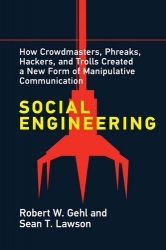


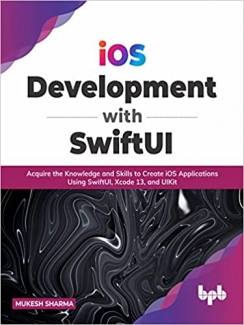



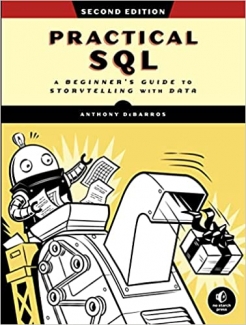

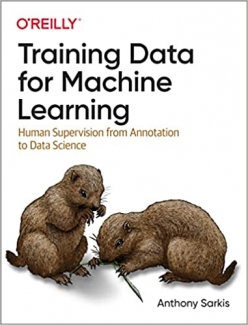



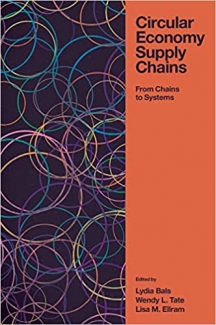















ارسال نظر درباره کتاب Social Engineering: How Crowdmasters, Phreaks, Hackers, and Trolls Created a New Form of Manipulativ e Communication